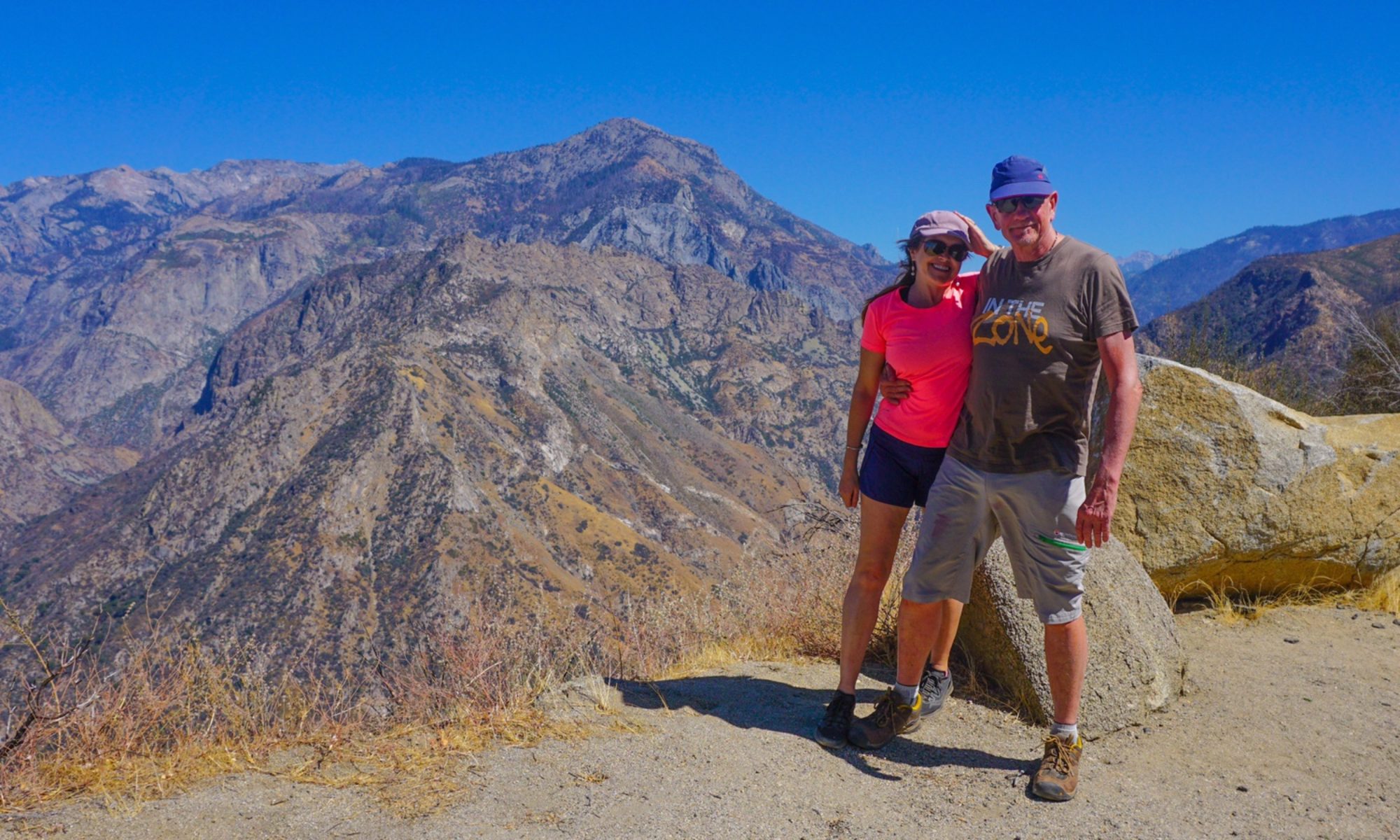Author: Mrs A
Location: Coromandel Valley, Adelaide Hills and Adelaide, South Australia
After the dust storms and dry environment of the Riverland it was a relief to pull up at our friends’ house in the Adelaide foothills, appreciating all the more the lush grass, and tenderly cared for fruit and vegetables. Leaving Berri, we had a big day’s driving across country.
Kim and Mike live in the Coromandel Valley. The valley was named after a ship (The Coromandel) from which a number of the crew deserted in 1837. The deserters hiked up into the hills, climbed a tree and watched until the ship left port, after which they surrendered to the local Governor and became free settlers.
Prior to the arrival of and subsequent settlement by these sailors, the area was home to the Kaurna people. They lived along the creeks and rivers, actively farming – fishing, hunting animals and harvesting native seeds, vegetables and fruits. We acknowledge and pay our respects to the Kaurna people, the traditional custodians whose ancestral lands we spent time on. We acknowledge the deep feelings of attachment and relationship of the Kaurna people to country and we respect and value their past, present and ongoing connection to the land and cultural beliefs.

Not far from Coromandel Valley is Belair National Park. The Kaurna people called it Piradi, which means baldness. This was the description of the area when seen from the plains – the location where the city of Adelaide now sits. The Aboriginal population used to actively farm this area, a practice known as ‘fire-stick burning’ – clearing the vegetation to encourage grazing animals, making them easier to hunt. It also spurred the growth of understory plants such as bush potatoes and grasses which were harvested and used in cooking and flour making.
It was declared a National Park in 1892 and is South Australia’s oldest park. Since the 1920s, only native plantings have been allowed, resulting in a valuable haven for native birds and wildlife. Mr A and I were anxious to get out walking, and Kim kindly obliged us by guiding us on one of her favourite circuits in the park. Unlike many Australian national parks, dogs are allowed here, as long as they are kept on a lead, so we were joined by furry friends, Cooper and Rikki.
The rest of my birthday present had been delivered to our friends here – a monopod (used to stabilise the long lens when you’re trying to keep ultra still when photographing) and a fancy sounding MonoGimbal which connects the monopod to the camera. I also had a camouflage coat for my lens – to make it blend into the bush a little better.

Our 6km walk was the perfect opportunity for me to practice putting it on and I had some great subjects to practice on, with a few birds about in the cool morning, and the first koala we’ve seen since getting back to Australia turning up on cue!





I took every opportunity over our visit to practice my photography, not too hard given the number of interesting walks and bushy areas around.






One particularly memorable walk took us in a circuit along the Sturt River valley and climbed up through the hills. It was a beautifully cool day and a novelty to wrap up warm. Known as Warri Parri in the native language (windy place by the river), the river valley was traditionally used as a travel corridor by the Kair a people linking the hills with the sea. The population would spend the cooler months on the plains, before heading up via this route in the hotter summer months to spend time in the hills. The riverside path we tracked along followed some of this route.




Sturt Gorge Recreation Park is the second biggest park around Adelaide after Belair National Park. How fortunate for our friends to have both locations literally on their doorstep.
Our friend and Kim’s daughter, Ali came to stay on Saturday night with one of her sons, Lewis. The following morning I joined Ali, Lewis and another friend, Nicky (Ali’s not-at-all-wicked stepmother!) at an Adventure Room. We were handcuffed to bars in a locked room and spent an hour solving puzzles and unlocking padlocks. Much fun was had and we made it out with 40 seconds to spare!

Later, I joined Mr A as we caught up for drinks and nibbles with Nicky’s husband, and long time friend (and amazing musician and film maker) Pete. A perfect Sunday!
Our time in the city concluded with another set of tracheal injections for me, followed by a lunch catch up with some local patients who sadly share the same airway disease as me and who are members of the support group I run. As always it was an absolute delight to meet these lovely ladies, an opportunity to share stories and our experiences along our journey.

It was a great chance to shake out the dust from our lives, reset and do all those things that only a large town or city can provide, but we were soon ready to be on our way. The many walks, laughs, fine wines and dinners shared with Kim and Mike greatly enjoyed and appreciated, we said our farewells, not knowing when or indeed if we will ever pass this way again.

